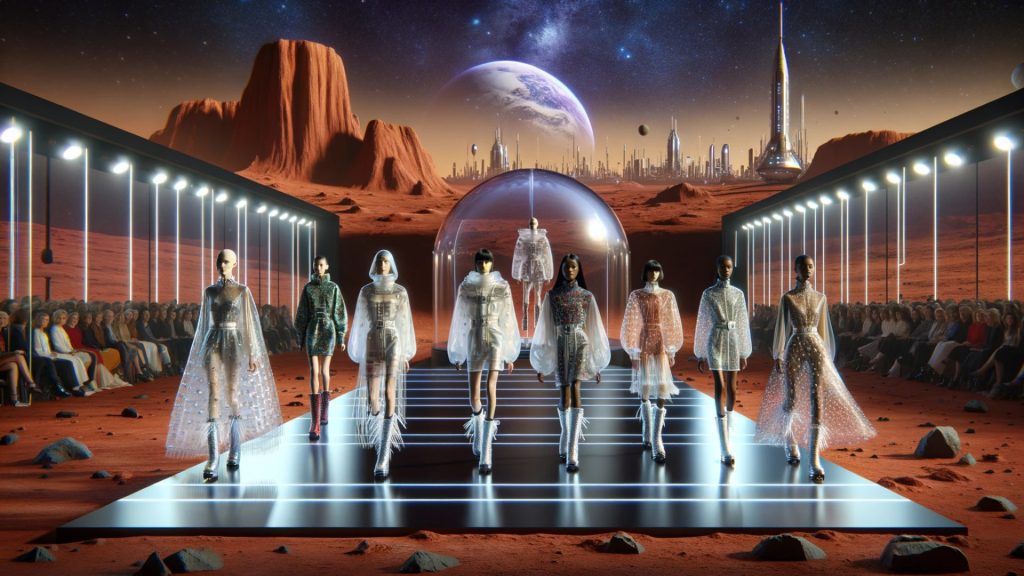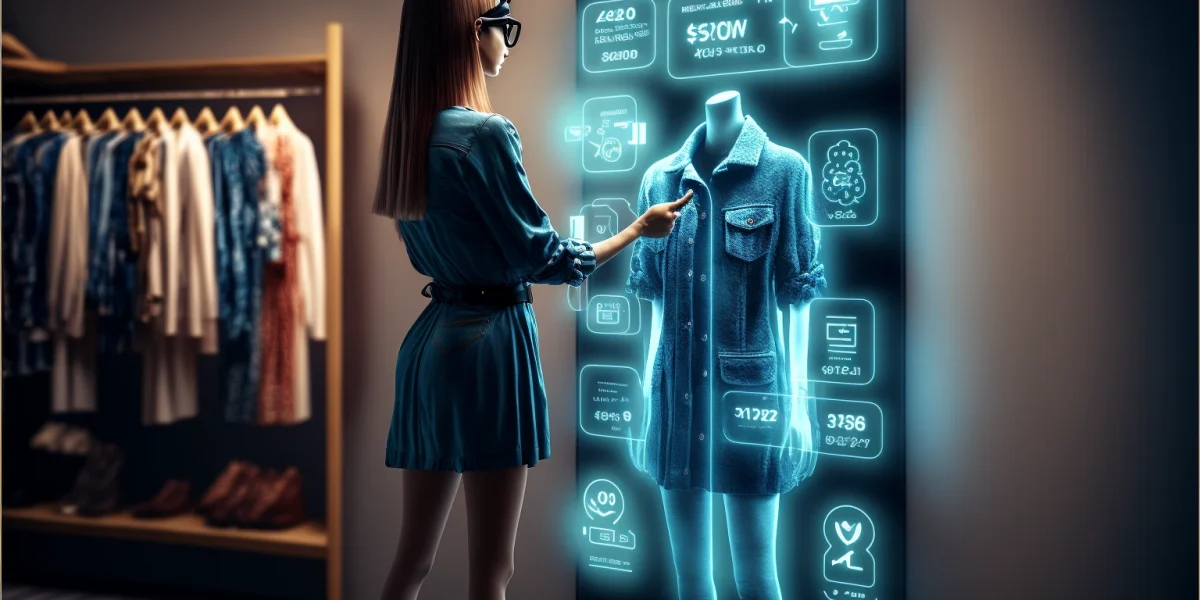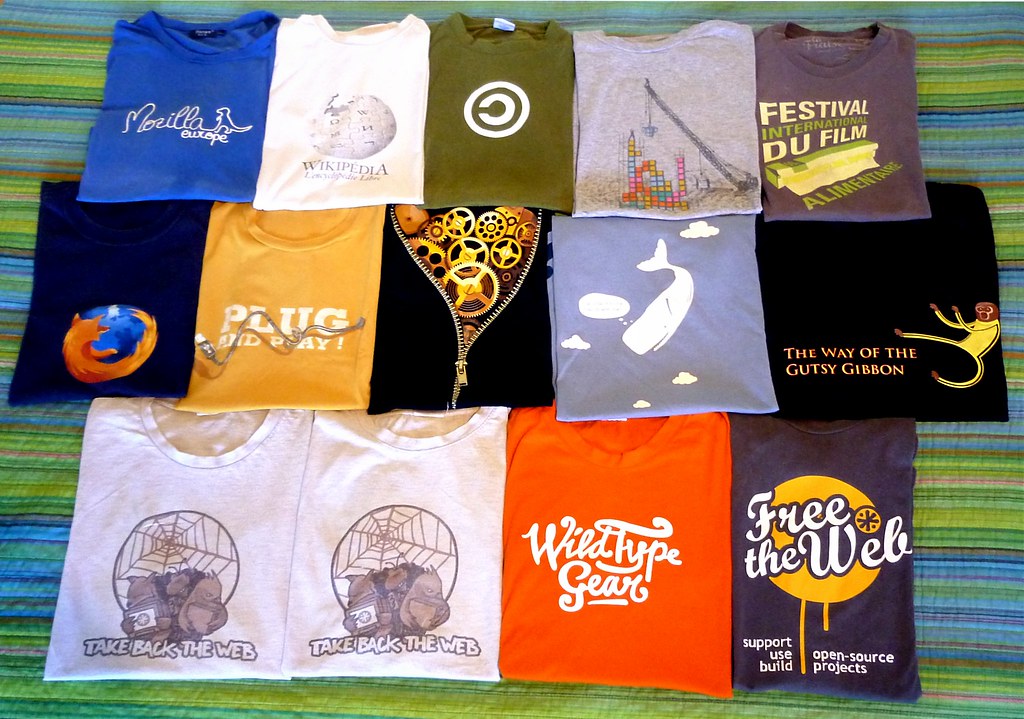Artificial intelligence is revolutionizing multiple industries, and fashion is no exception. From automated textile production to predictive trend analysis, AI is transforming how apparel is designed, manufactured, and sold. One of the most significant impacts is on graphic t-shirt design, where AI-driven creativity and automation are reshaping the way brands and artists create and distribute their designs. This article explores how AI is influencing the world of graphic tees and what the future holds for AI-generated fashion.

1. AI-Generated Designs: Creativity Without Limits
AI-powered tools like Deep Dream, MidJourney, and DALL·E are enabling designers to create stunning, intricate, and highly detailed graphics for t-shirts with minimal manual effort. These algorithms generate unique artwork based on text prompts, allowing brands to experiment with an infinite number of styles and visual elements.
Benefits of AI-Generated Designs:
- Endless Creativity: AI can generate new patterns, typography, and images in seconds, pushing the boundaries of traditional design.
- Personalization: AI can analyze user preferences and create custom graphics tailored to specific tastes.
- Efficiency: Designers can quickly iterate and refine ideas, saving time and resources.
2. AI and Trend Prediction in Graphic Tees
AI-driven analytics tools are helping fashion brands stay ahead of trends by analyzing massive amounts of data from social media, search engines, and online shopping behaviors. These insights allow brands to create graphic tees that align with emerging consumer preferences before they become mainstream.
How AI Predicts Fashion Trends:
- Social Media Monitoring: AI tracks trending hashtags, viral memes, and cultural movements.
- Consumer Data Analysis: Machine learning examines purchase history and online searches to predict future demand.
- Market Research Automation: AI scans global fashion shows, streetwear movements, and competitor strategies to identify upcoming trends.
By leveraging these insights, brands can produce limited-edition graphic tees that resonate with their target audiences at the right moment.
3. AI in the Printing and Manufacturing Process
Advancements in AI-driven manufacturing are improving the production of graphic tees by optimizing printing techniques, reducing waste, and automating workflows.
Key AI Innovations in Production:
- AI-Powered Direct-to-Garment (DTG) Printing: Machines automatically adjust ink levels, alignment, and colors for precision printing.
- Smart Fabric Cutting: AI systems reduce material waste by optimizing fabric usage.
- Automated Quality Control: Computer vision technology detects defects in printed graphics before they reach consumers.
These innovations allow brands to produce high-quality graphic tees more sustainably and efficiently.
4. AI-Powered Personalization: The Future of Custom Tees
Consumers are increasingly seeking unique, custom apparel that reflects their individuality. AI is making mass customization more accessible, allowing shoppers to design their own graphic tees with ease.
Examples of AI-Powered Customization:
- AI-Generated Design Tools: Online platforms let users input text prompts or select themes, and AI generates unique designs.
- On-Demand Printing: AI automates the production process, ensuring personalized orders are printed and shipped quickly.
- Virtual Try-On Technology: AI-driven AR tools allow users to see how a custom tee will look before purchasing.
These innovations are giving consumers unprecedented control over their fashion choices, making graphic tees more personal than ever before.
5. AI and Sustainability in Fashion
One of the biggest challenges in fashion is reducing waste and environmental impact. AI is playing a crucial role in making graphic tee production more sustainable.
Sustainable AI Innovations:
- Predictive Inventory Management: AI prevents overproduction by accurately forecasting demand.
- Eco-Friendly Printing Techniques: AI optimizes ink usage and reduces water consumption in the printing process.
- Circular Fashion Strategies: AI helps brands repurpose old designs, recycle fabrics, and minimize textile waste.
By integrating AI into their supply chains, fashion brands can significantly reduce their carbon footprint while continuing to innovate.
6. Challenges and Ethical Considerations of AI in Fashion
While AI is opening new doors in graphic tee design, it also presents challenges and ethical concerns.
Potential Issues:
- Loss of Human Creativity? Critics argue that AI-generated designs could overshadow original artistry.
- Copyright and Ownership: Who owns an AI-generated design—the brand, the user, or the algorithm?
- Job Displacement: As automation increases, some fear traditional designers and print technicians may be replaced.
To strike a balance, brands must use AI as a tool to enhance human creativity rather than replace it.
Conclusion
AI is transforming the world of graphic t-shirts, from automating design creation to optimizing production and personalization. As AI continues to evolve, we can expect even more innovative, sustainable, and unique graphic tees to emerge. While challenges exist, the fusion of human creativity and machine intelligence has the potential to redefine the future of fashion.
Whether you’re a designer, a brand, or a consumer, embracing AI-powered fashion could unlock new possibilities in self-expression and style. The question is—how will you wear the future?



